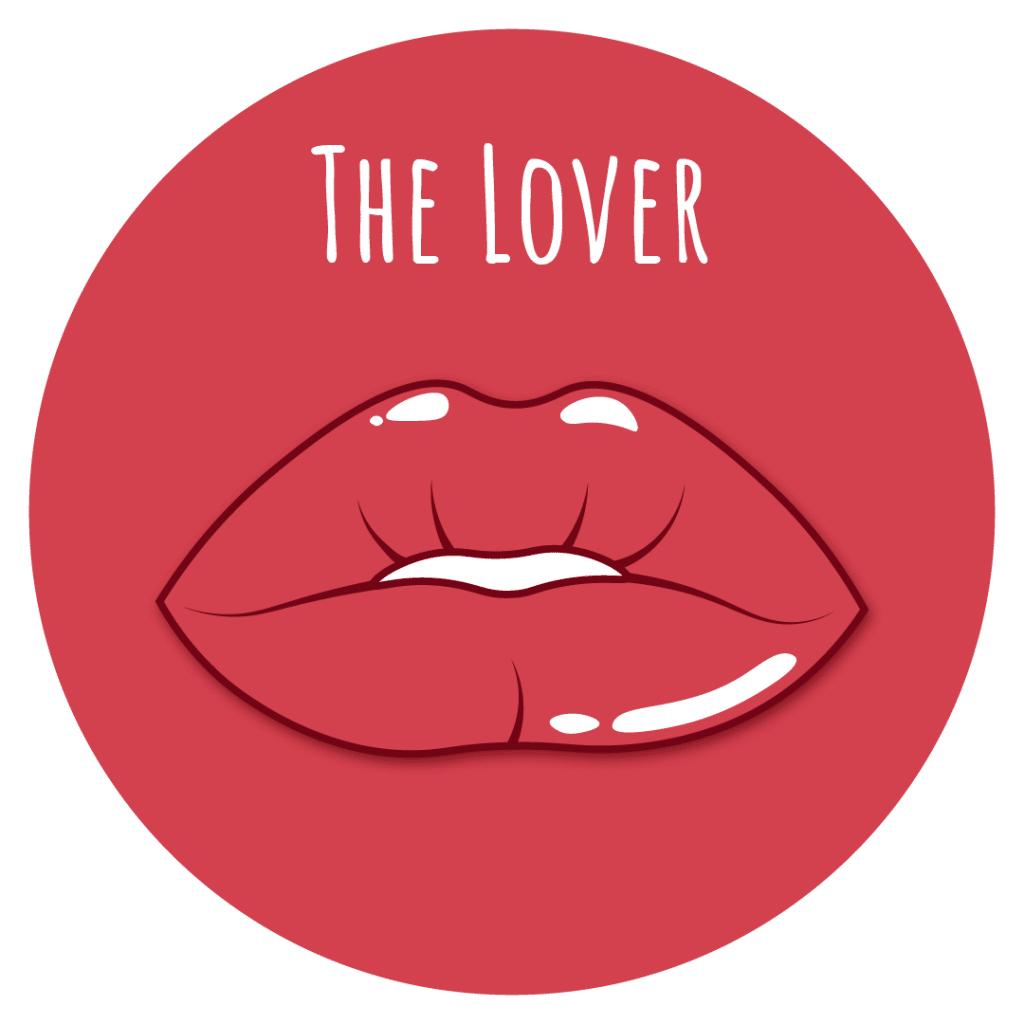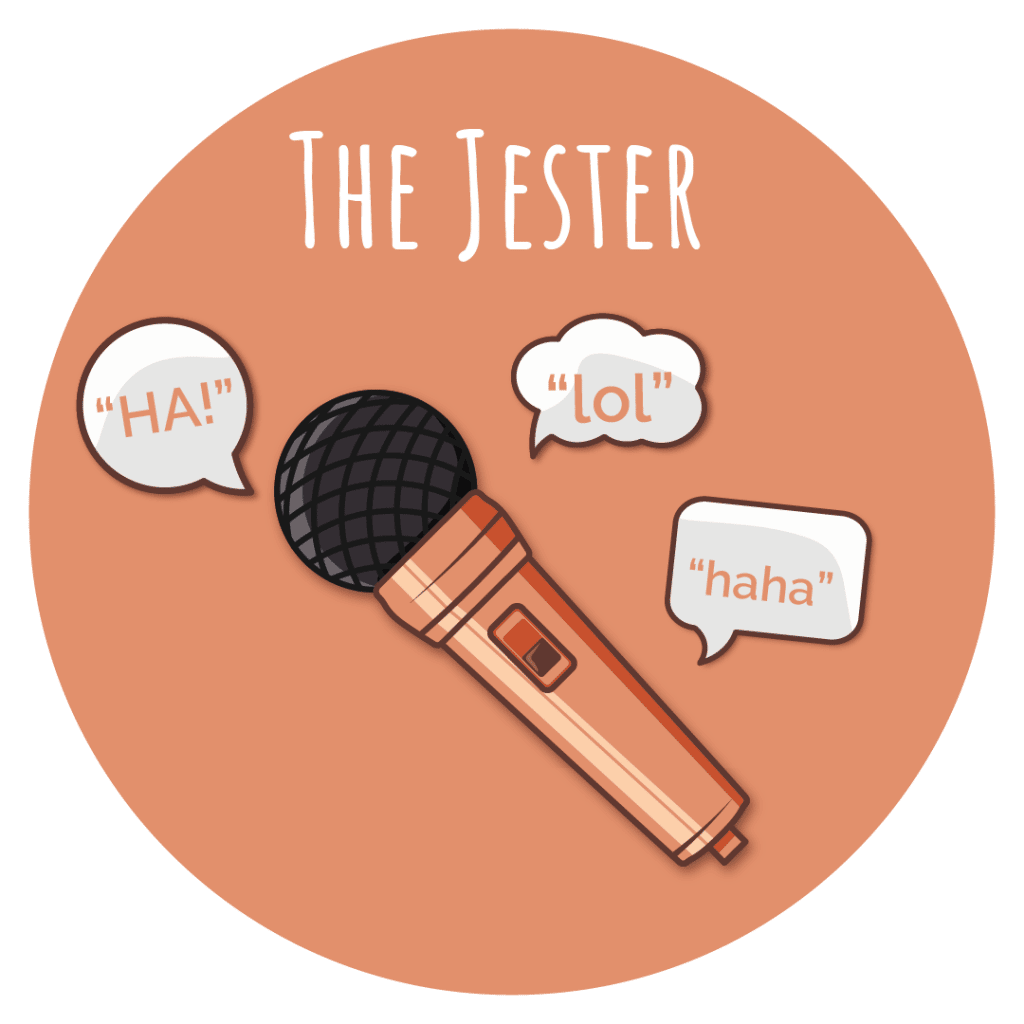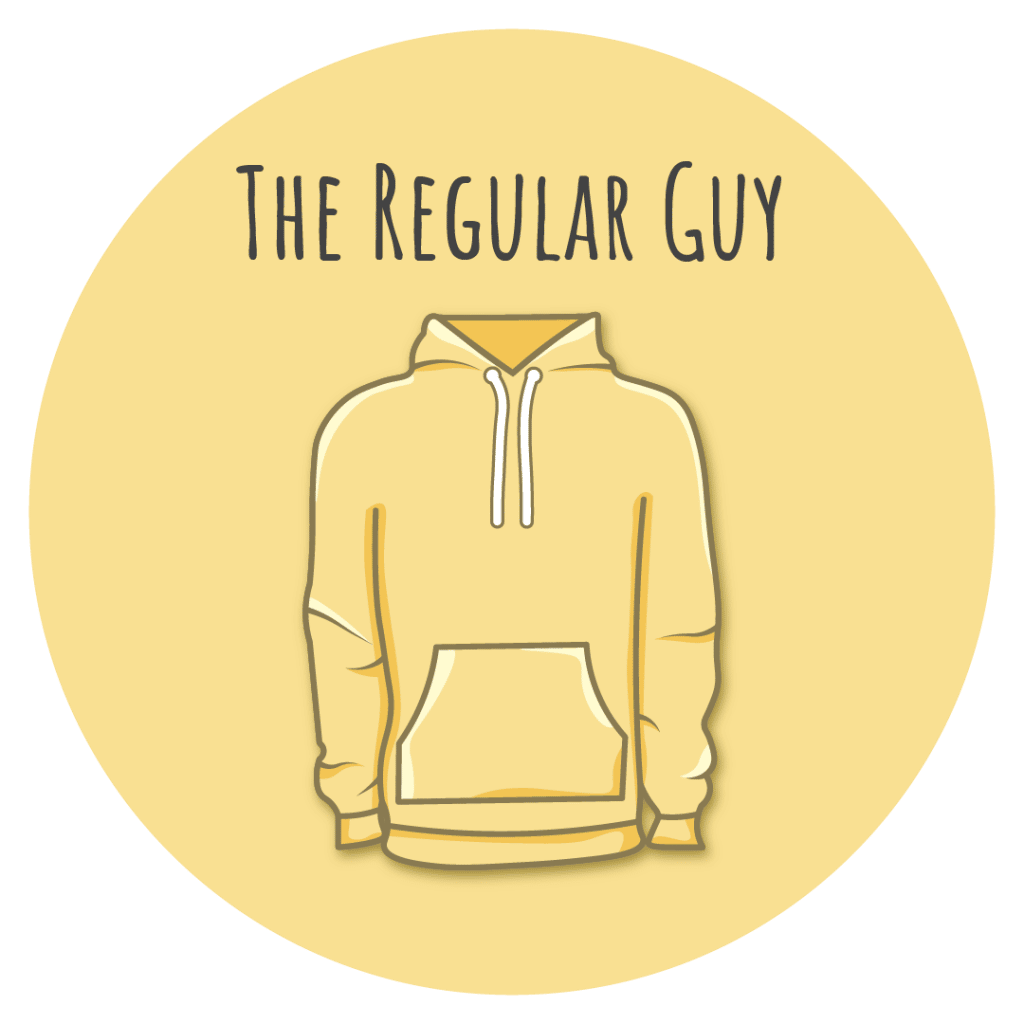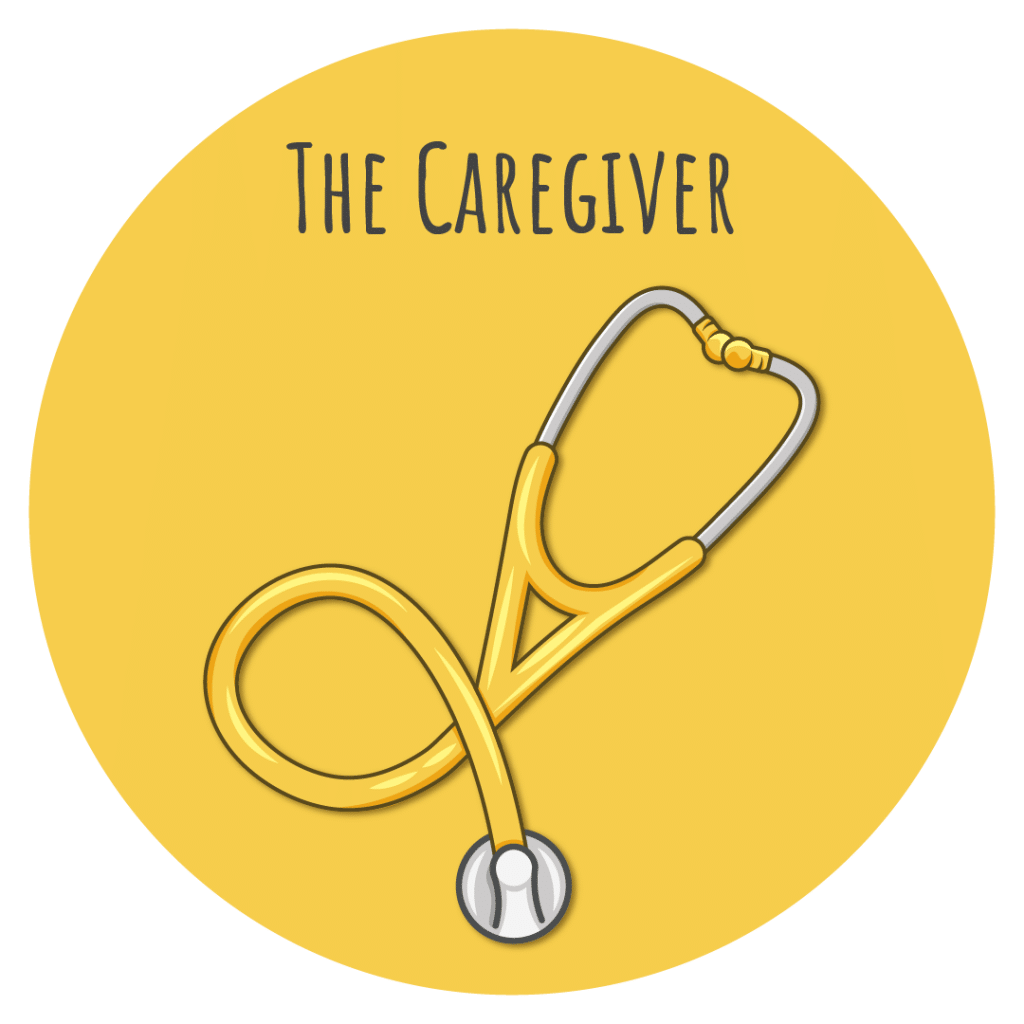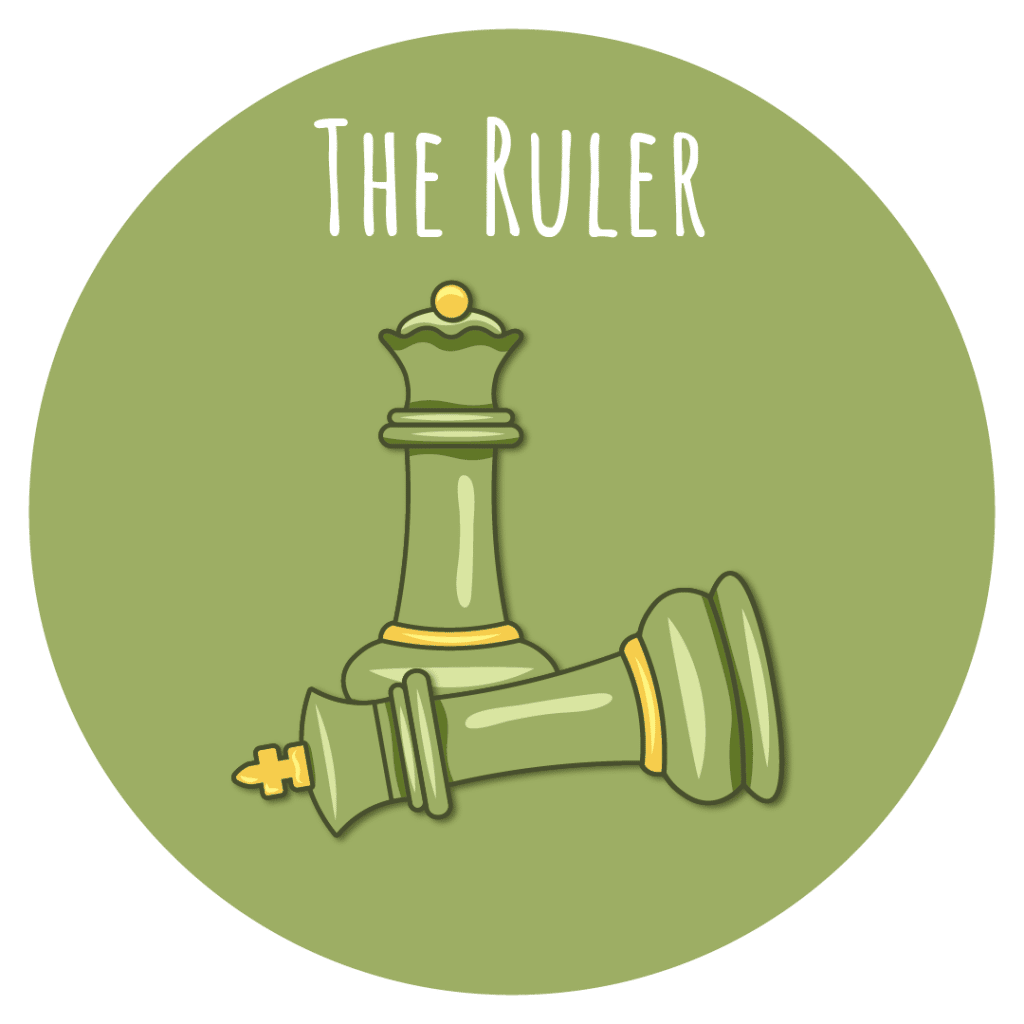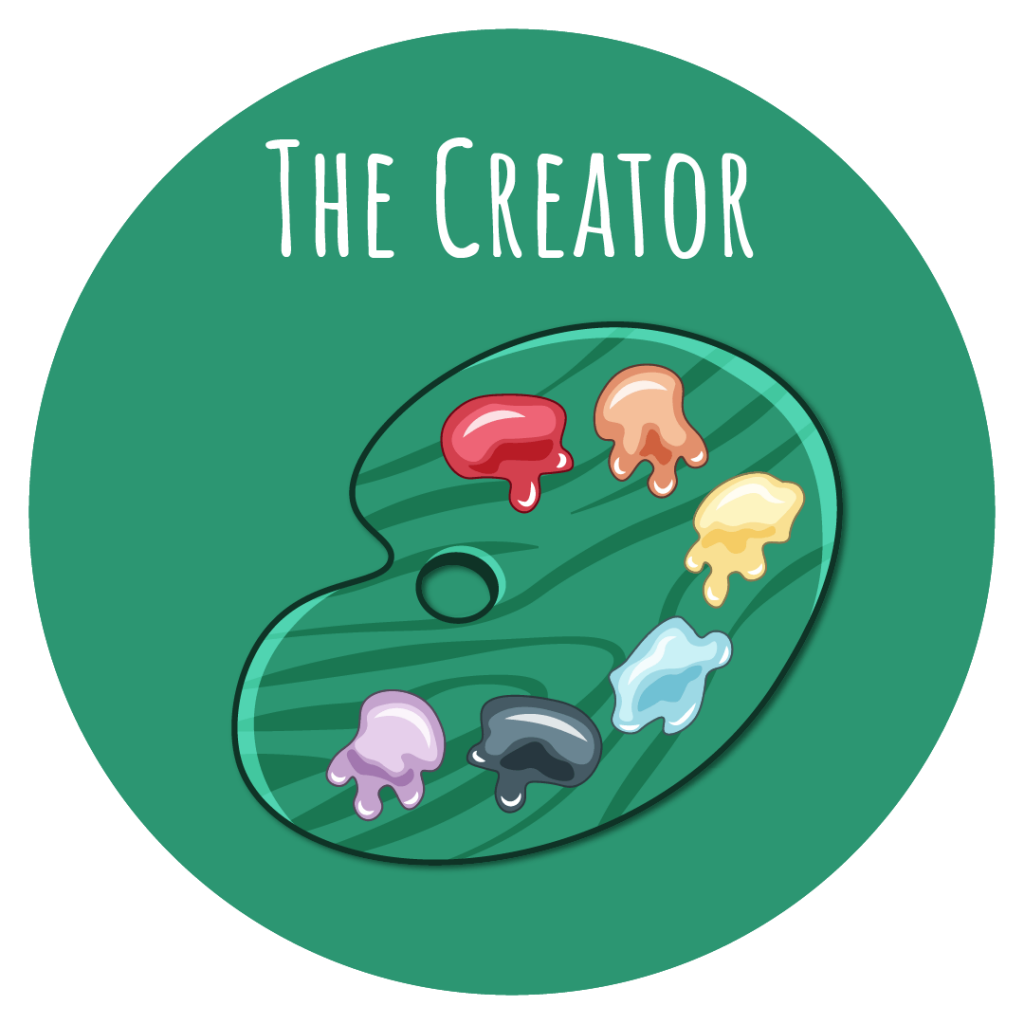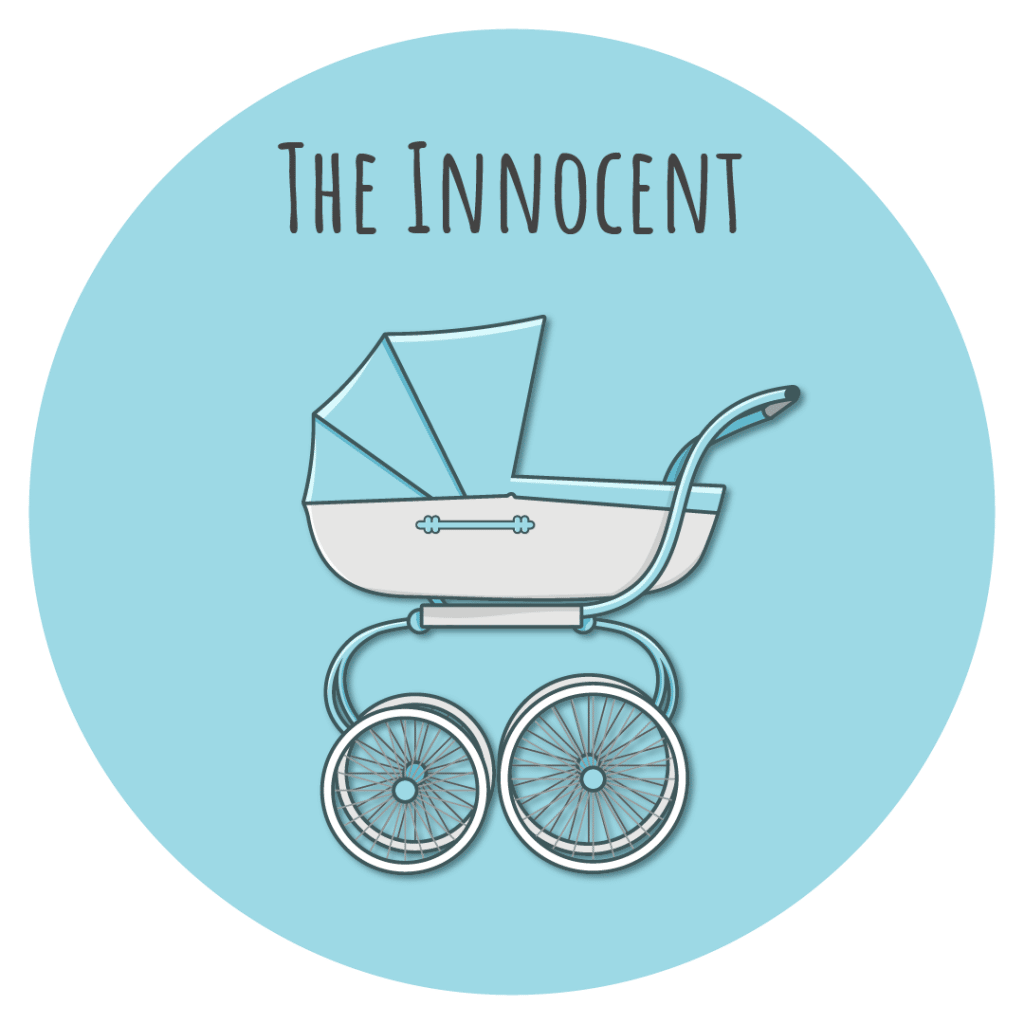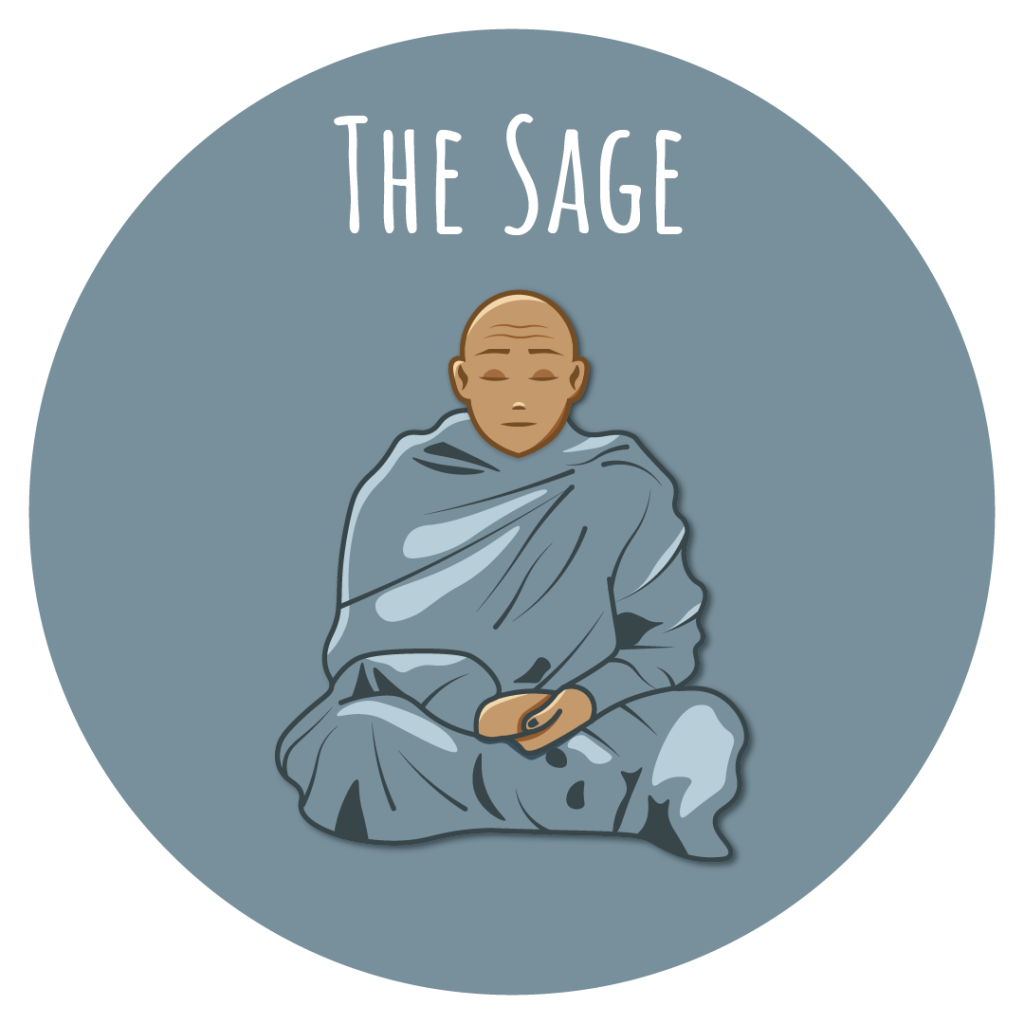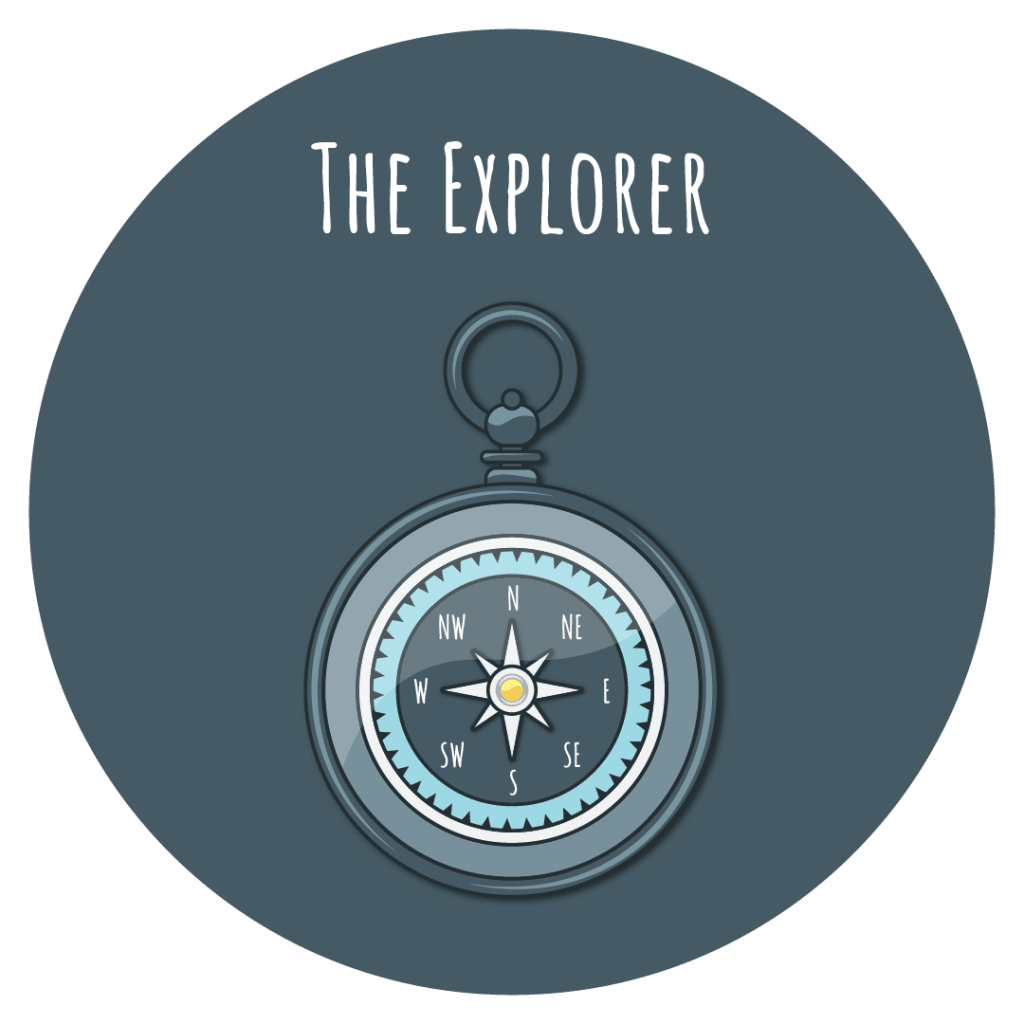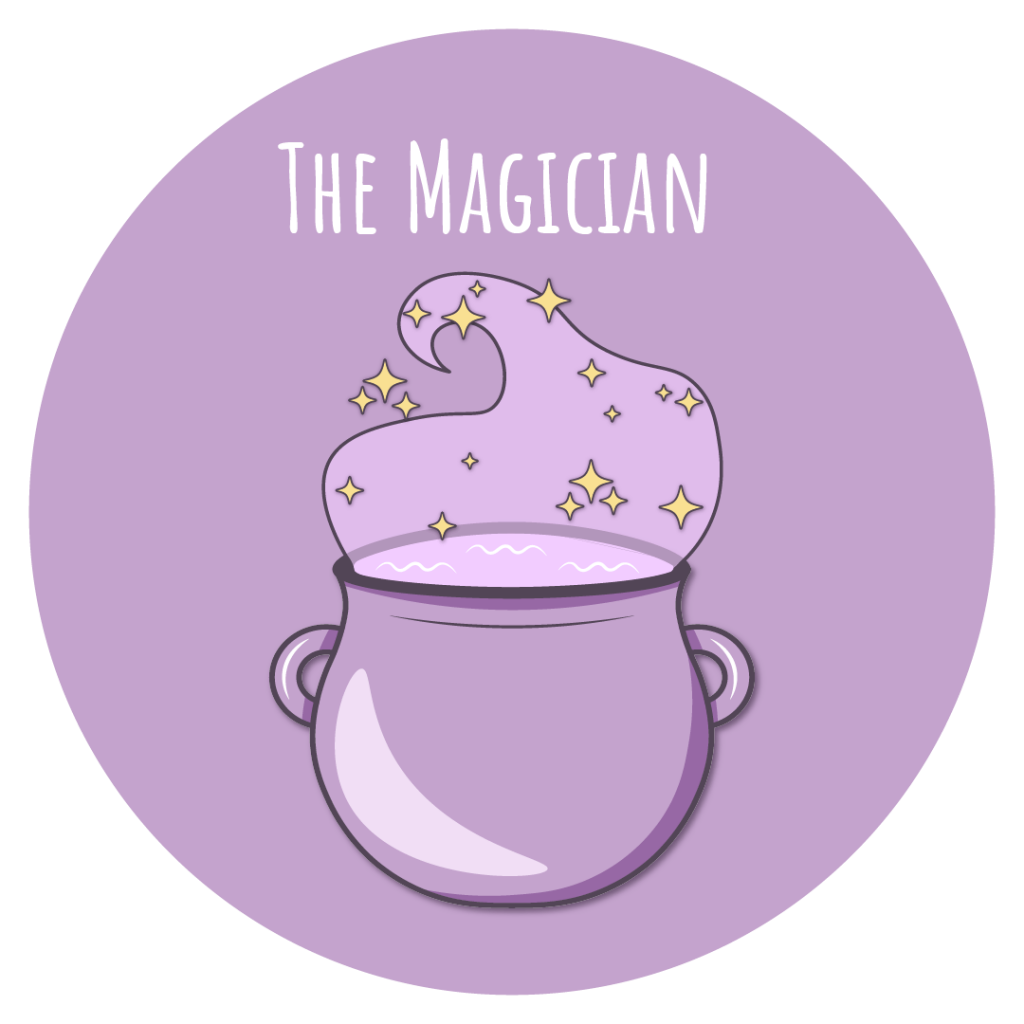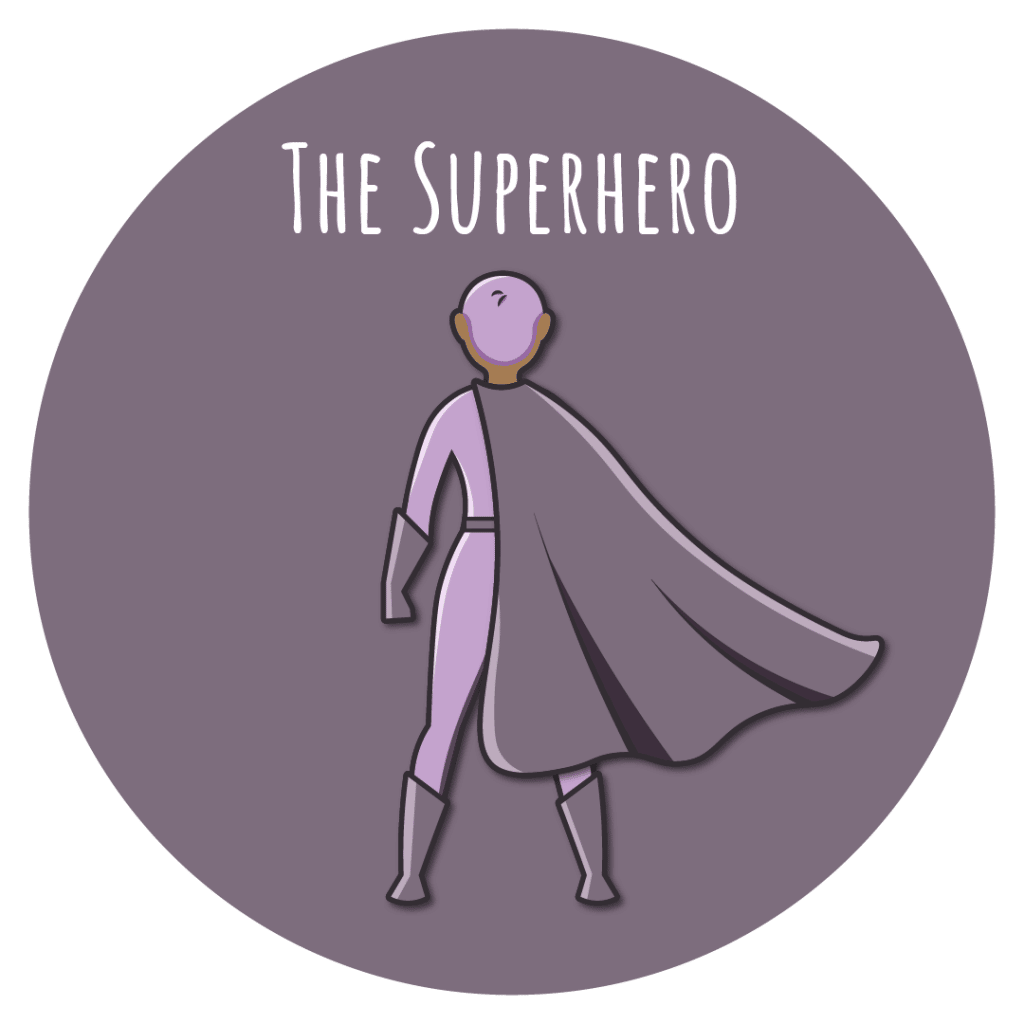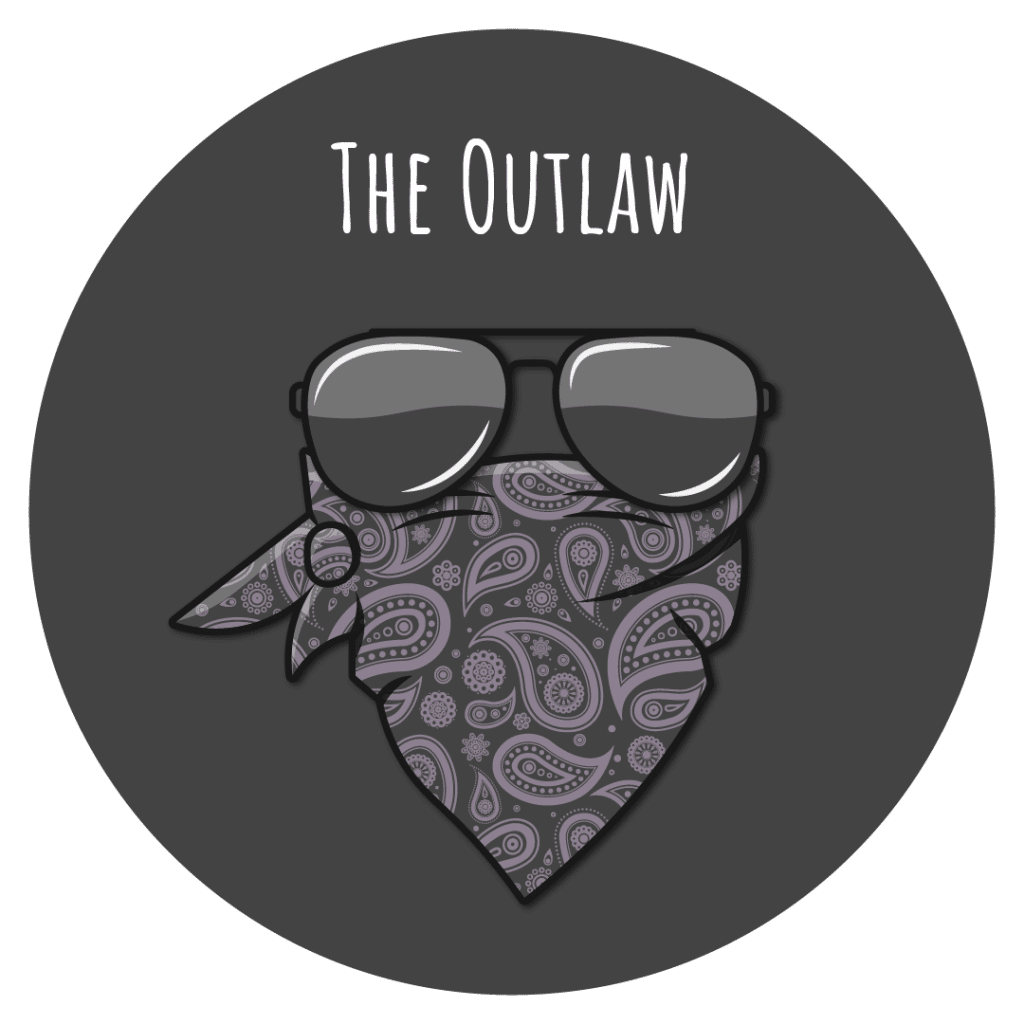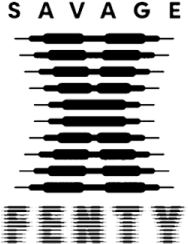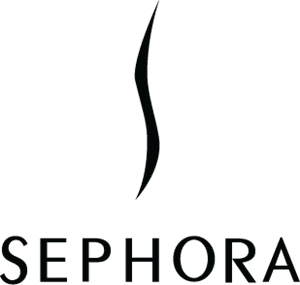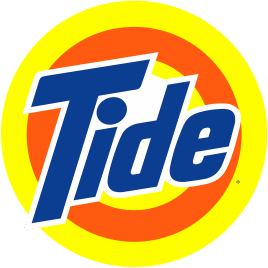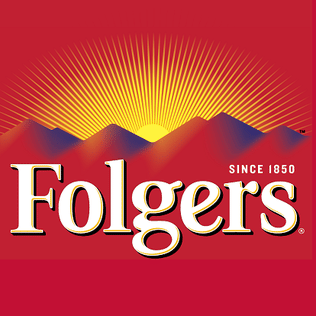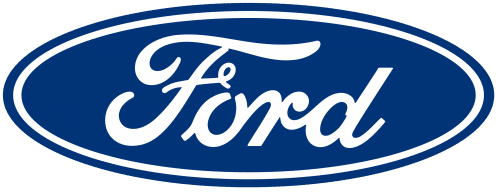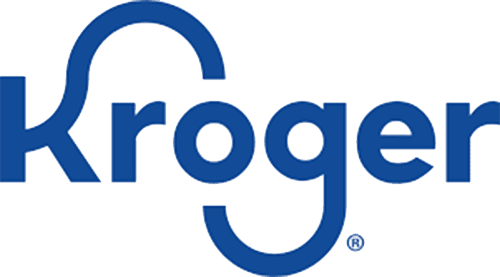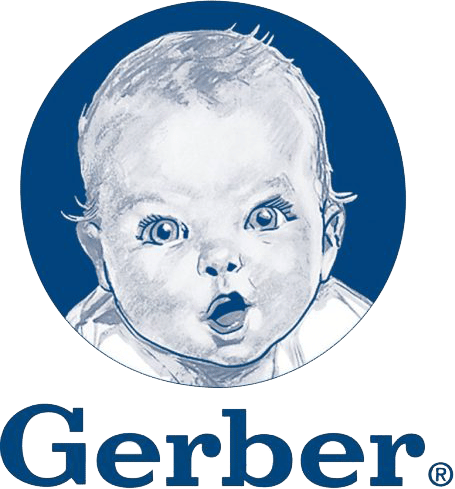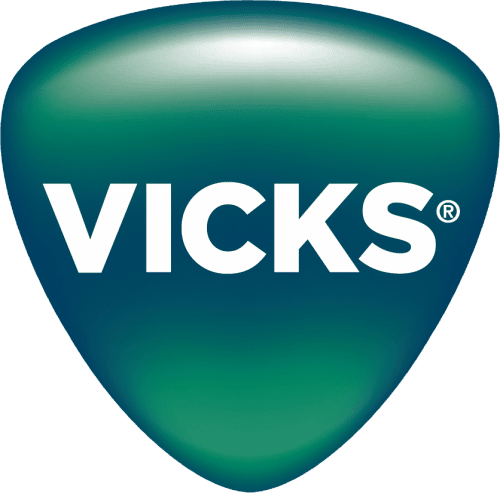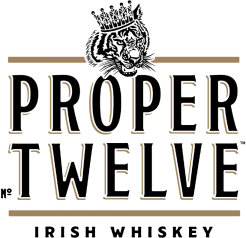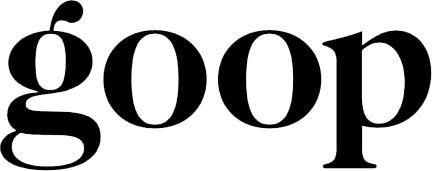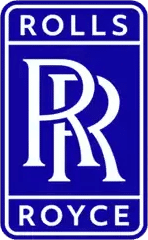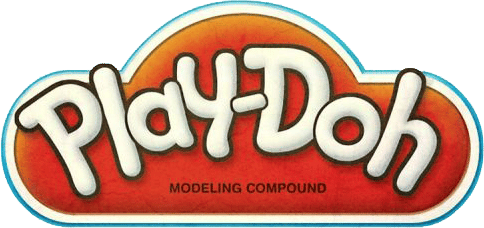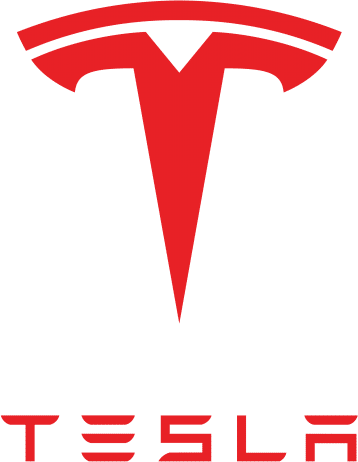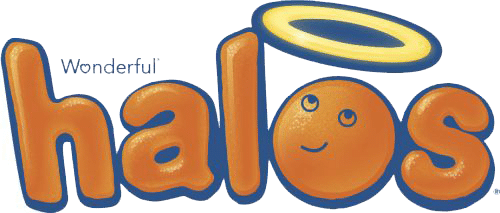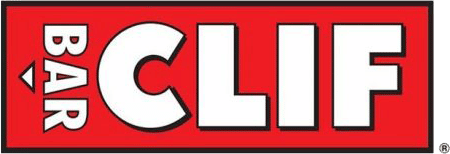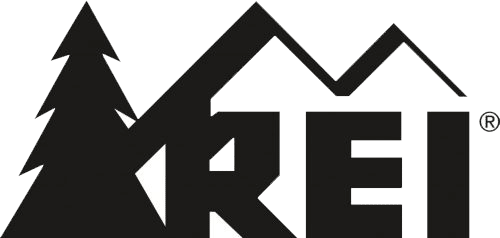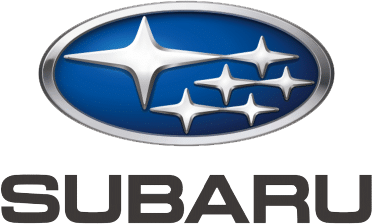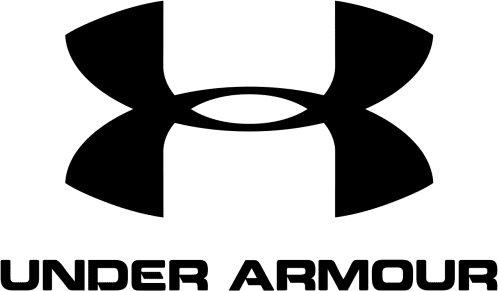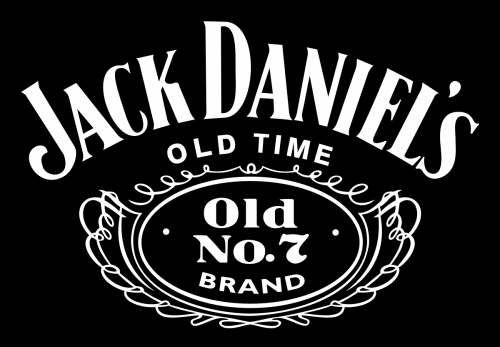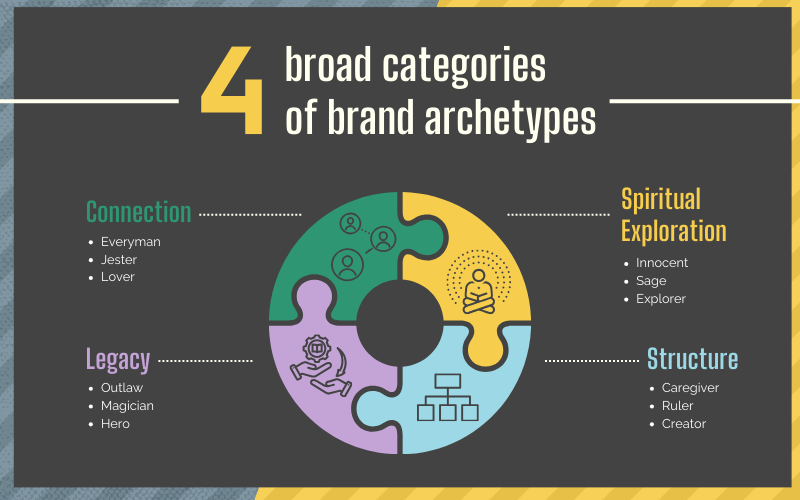Explore brand archetypes and how a brand archetype workshop can help your business
It’s no secret that in today’s digital age it’s more difficult than ever to get people’s attention, let alone the people who might be interested in your products and services. Brand archetypes can be instrumental in building a comprehensive brand strategy with targeted messaging that gets your ideal customers’ attention.
The days of transactional marketing, where generic ads selling your services to as wide an audience as possible, are long gone. Establishing a deeper connection with consumers who really “get” your product through brand marketing is the only way to stand out from the crowd and succeed in today’s competitive, global market. Instead of trying to appeal to everyone (and therefore appealing to no-one), businesses today need to make use of persona-based advertising and targeted messaging, including social media advertising services, in their marketing strategies. This approach lets potential customers know that you share their values and understand their needs on a deep level.
So how can you appeal to your target market without seeming desperate?
Of course, there are an endless number of ways to get customers’ attention, and an effective brand strategy will make use of more than one. But brand archetypes are one of the most worthwhile and underutilized tools when it comes to cultivating powerful brand messaging that connects people with brands they love.
Whether you’re considering our Find Your Voice brand archetype workshop or are simply interested in learning more about what branding archetypes are and how to use them in your brand’s messaging, Take the Stairs, one of the leading branding agencies in Nashville, can help.

